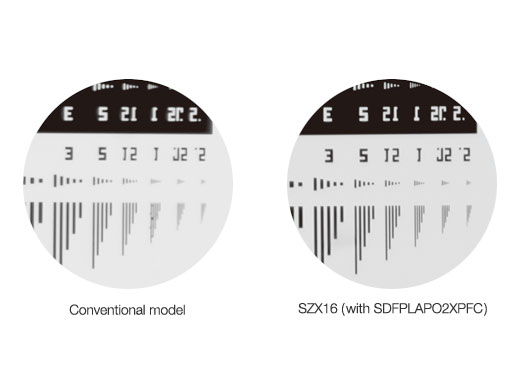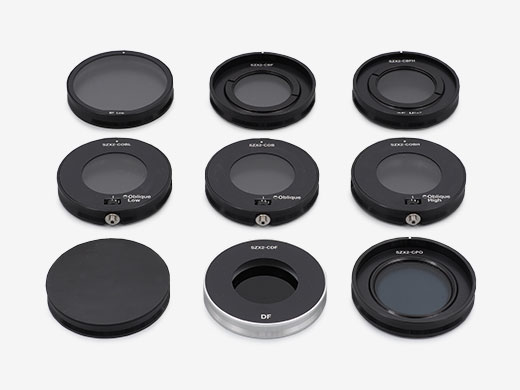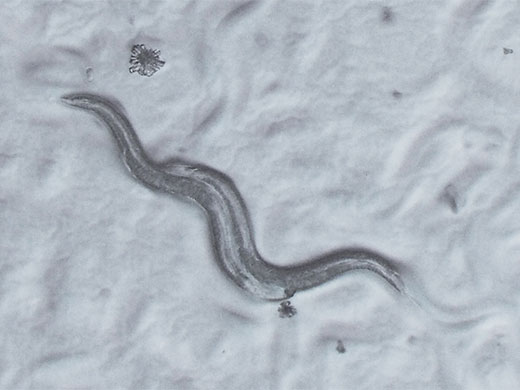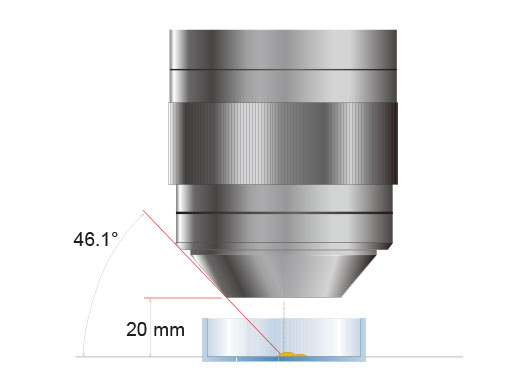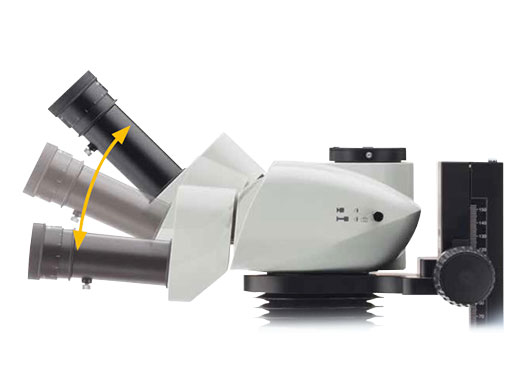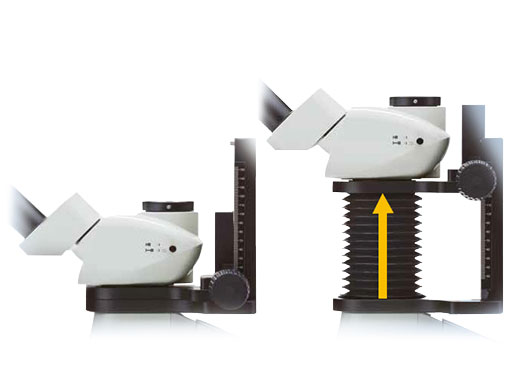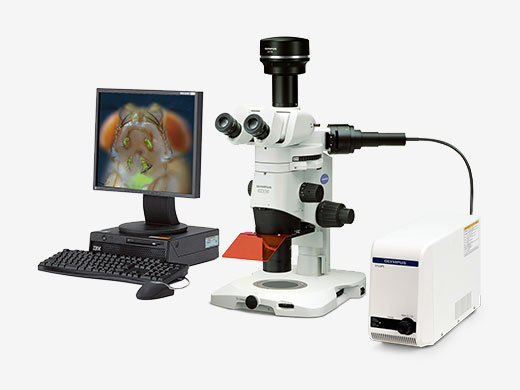Not Available in Your Country
Sorry, this page is not
available in your country.
Overview
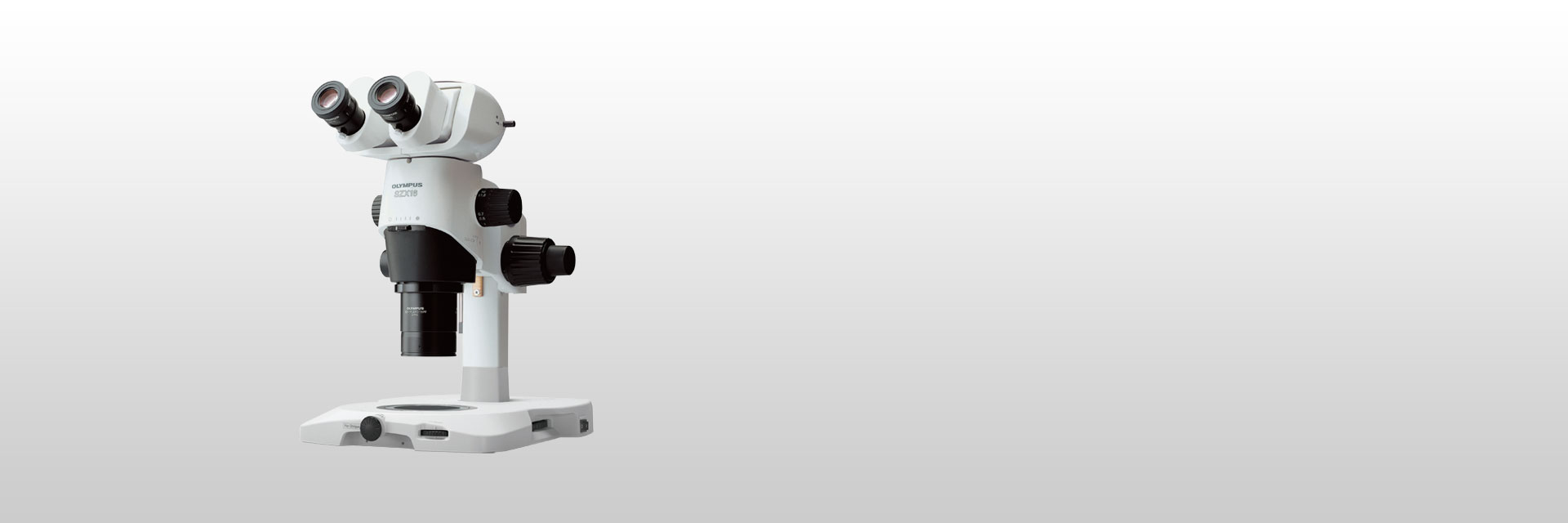 | Meeting the Challenge of Life Science ImagingDesigned for advanced research, the SZX16 stereo microscope’s darkfield and polarization capabilities, 0.3 numerical aperture, and large 16.4:1 zoom ratio enable you to image whole organisms down to fine microscopic and individual cell structures. |
|---|
Advanced Stereo with Wide Zoom RatioOutstanding Optical PerformanceSZX16's optics, which include observation tubes, zoom body, and objectives are fully apochromatic to reduce chromatic blur over the entire magnification range. The SDF (Super Depth of Focus) objectives can deliver clear and high-contrast images of virtually any specimen. The maximum NA of 0.3 produces a resolution of 900 linepairs per millimeter allowing clear visualization of fine microscopic cell and cell component structures. Such amazing resolution and peerless magnification makes work more efficient, more precise and reveals much more information from samples. Wide 16.4:1 Zoom RatioThe SZX16 boasts a wide zoom ratio of 16.4:1, enabling 7x-115x magnification with a 1x objective, and up to 230x magnification with a 2x objective. This wide zoom range makes it suitable for a wide range of research applications, with low-magnification macro views for dissection and specimen manipulation, and sharp high-magnification views for close observation of microstructures. |
|
|---|
 | Choice of Suitable Contrast and Observation MethodSZX2-ILLTQ/SZX2-ILLTSWith a slim 41.5 mm design, that is approximately half the thickness of previous halogen lamp transmitted light illumination bases, new LED transmitted light illumination bases have a lower height to enable a low eyepoint and easy access to base-mounted samples during observation and operation. The LED illumination base SZX2-ILLTQ with quad position turret enables the user to choose cartridges and to switch from brightfield (standard/high/low), oblique (standard/high/low), darkfield, polarized illumination, and shutter with a simple turn. A one position LED illumination base is also an option (SZX2-ILLTS). This makes the SZX16 a flexible all-in-one microscope for various samples and observation tasks. Another advantage of LED illumination is a cooler base surface, which is suitable for long duration manipulation of live specimens. Power consumption is lower than a conventional 30W halogen light source. A life cycle of over 60,000 hours significantly reduces operation costs. |
|---|
|
|
|
Practical Design for Advanced ResearchAmple Working Space for ManipulationAny type of manipulation under a microscope requires an ample space between the top of the sample and the bottom of the objective for the tools. The objectives available for the SZX16 have large working distance, which enable the use of both manual and automated manipulation and injection tools. Moreover, since the front end of the high-magnification 1.6x and 2x objectives is tapered, the available movement range for manipulator is significantly increased. |
|
|---|
Need assistance? |
Applied Technologies
Advanced Fluorescence ObservationThe SZX16 is suitable as a fluorescence microscope for observing everything from whole organisms to nuclear detail, thanks to its precisely engineered optics and high NA. The advanced glass materials with low autofluorescence and new surface coatings greatly increase the transmission of light and consequently improve image clarity. Furthermore, these features result in an excellent S/N ratio and high fluorescence signal intensity. Full control of the excitation light is facilitated by the 5-position filter wheel, which enables flexible illumination for low-magnification, high-resolution imaging. Furthermore, the newly designed near-vertical reflected light illuminator’s excitation light paths are independent from the observation paths, allowing for substantially improved excitation light efficiency. These features provide far brighter fluorescence observation than conventional stereomicroscopes at all magnifications. Transmitted light observation for verification of specimen outline is possible even under reflected light fluorescence observation. |
 SZX16 Filter Wheel |  Fluorescence Imaging Samples |
Double Objectives for 3.5x to 230x ZoomWith the parfocal objectives and two-position revolving nosepiece, switching between objectives is very quick and easy, requiring little refocusing. Therefore, with the 0.5x and 2.0x objectives, the uninterrupted magnification range is 3.5x - 230x. This represents an effective zoom ratio of 65.7:1. |
|
|---|
Ergonomic Observation Tube and Extendable Eyepoint AdjusterThe SZX2 series features observation tubes with an optimized convergence angle designed to enable users to make observations from a natural position that minimizes eye fatigue. This solution effectively eliminates eyestrain during long periods of observation. |
Convergence Angle
| Tilting Observation Tube
| Extendable Eyepoint Adjuster
|
Digital Imaging and DocumentationThe SZX16 can also be equipped with a trinocular tube and Olympus DP series digital camera for high-resolution imaging and research documentation. DP series cameras offer the high sensitivity for a wide range of applications, including high-sensitivity fluorescence imaging, and can be easily controlled using Olympus cellSens software. |
|
|---|
| cellSens Extended Focus ImagingCreate a single in-focus image from successive image planes as the focus knob is turned using the Extended Focus Imaging (EFI) function. EFI composite images can also be created directly from previously captured Z-stacks. |
|---|
Need assistance? |
Specifications
| Observation Method > Fluorescence (Blue/Green Excitations) | ✓ | |
|---|---|---|
| Observation Method > Fluorescence (Ultraviolet Excitations) | ✓ | |
| Observation Method > Simple Polarized Light | ✓ | |
| Observation Method > Brightfield | ✓ | |
| Observation Method > Darkfield | ✓ | |
| Observation Method > Oblique | ✓ | |
| Zoom > Zoom Ratio | 16.4 | |
| Zoom > Magnification Indication | 0.7, 0.8, 1, 1.25, 1.6, 2, 2.5, 3.2, 4, 5, 6.3, 8, 10, 11.5 | |
| Zoom > AS |
| |
| Zoom > Features | Zoom variable magnification system with parallel optical axis | |
| Optics > Galilean Optical System | ✓ | |
| Illuminator > Fluorescence Illuminator > Hg Lamp |
| |
| Illuminator > Fluorescence Illuminator > Xenon Lamp |
| |
| Illuminator > Fluorescence Illuminator > Light Guide Illumination |
| |
| Focus > Focusing Mechanism > Coarse/Fine Focus | ✓ | |
| Focus > Load Capacity |
| |
| Focus > Coarse Handle Stroke |
| |
| Focus > Coarse Handle Stroke per Rotation |
| |
| Focus > Fine Handle Stroke per Rotation |
| |
| Revolving Nosepiece > Manual > Standard Type | ✓ | |
| Observation Tubes > Widefield (FN 22) > Trinocular | ✓ | |
| Observation Tubes > Widefield (FN 22) > Tilting Trinocular | ✓ | |
| Observation Tubes > Widefield (FN 22) > Ergonomic Long Tilting Trinocular | ✓ (Intermediate magnification is 1.25X) | |
| Observation Tubes > Tube Inclination Angle |
| |
| Observation Tubes > Trinocular Tube Light Path Selection (Camera : Observation) |
| |
| Observation Tubes > Interpupillary Distance Adjustment |
| |
| Extendable Eyepoint Adjuster | Height adjustment range: 30–150mm, (with a scale attached) | |
| Stands > Standard Stand | ✓ | |
| Stands > Optional Bases and Stands > Quad Position LED Transmitted Light Illumination Base | ✓ | |
| Stands > Optional Bases and Stands > Single Position LED Transmitted Light Illumination Base | ✓ | |
| Stands > Optional Bases and Stands > Large Stand | ✓ | |
| Stands > Optional Bases and Stands > Universal Stand | ✓ | |
| Dimensions | 268 (W) × 386 (D) × 413 (H) mm (Standard Set Configuration) | |
| Operating Environment > Indoor Use > Ambient Temperature | 0–40 ºC (32–104 ºF) | |
| Operating Environment > Indoor Use > Maximum Relative Humidity | 30–90 % | |
| Eyepiece |
| |
| Objectives | SDFPLFL0.3X, WD 141 mm, NA 0.045 | |
| Fluorescence Illuminators | Near vertical fluorescence illuminator |
